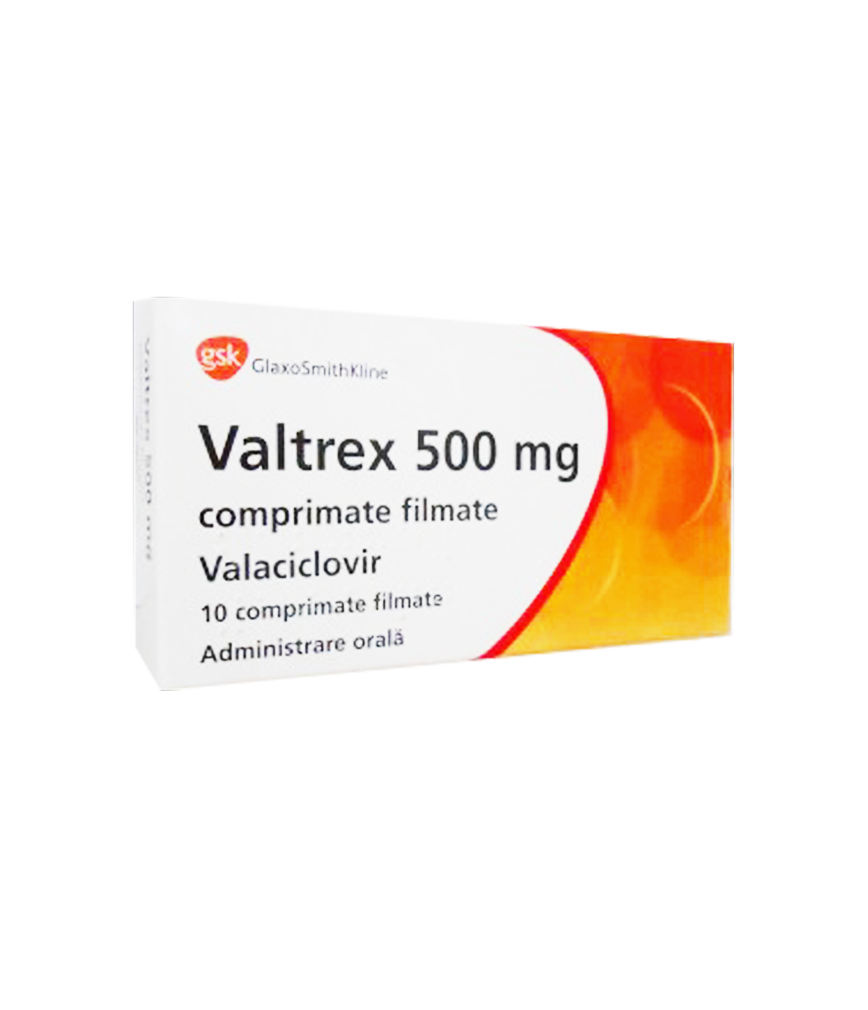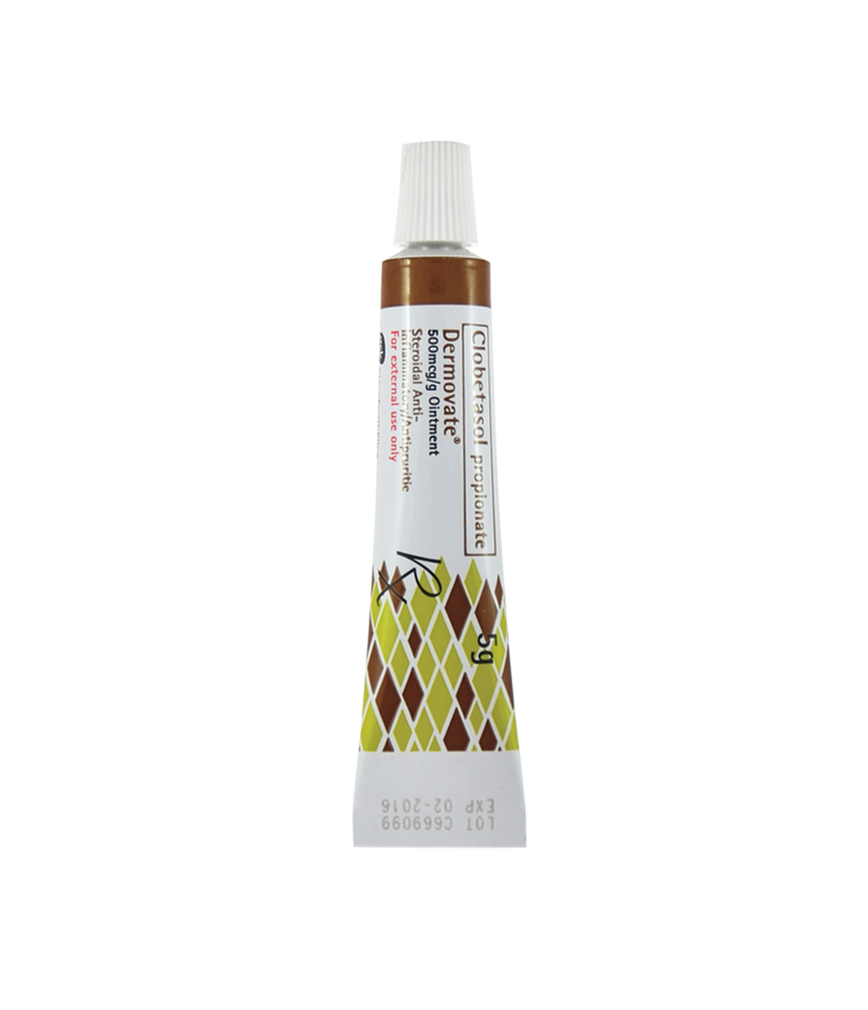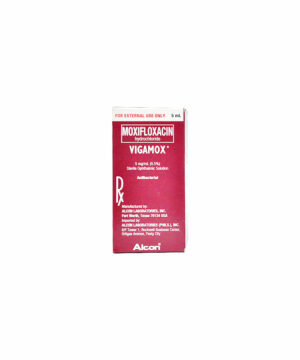Description
Buy VALTREX 500MG TABLET at Rose Pharmacy Medicine Delivery
Indications / Uses :
Treatment of herpes zoster (shingles). Valtrex accelerates the resolution of pain; it reduces the duration of and the proportion of patients with zoster-associated pain which includes acute and post-herpetic neuralgia.
Treatment of herpes simplex infections of the skin and mucous membranes, including initial and recurrent genital herpes.
Treatment of herpes labialis (cold sores).
Prevention (suppression) of recurrent herpes simplex infections of the skin and mucous membranes, including genital herpes.
Reduces transmission of genital herpes when taken as suppressive therapy and combined with safer sex practices.
Prophylaxis of cytomegalovirus (CMV) infection and disease following organ transplantation. CMV prophylaxis with Valtrex reduces acute graft rejection (renal transplant patients), opportunistic infections and other herpes virus infections (HSV, VZV).
Administration :
May be taken with or without food: May be taken w/ meals to reduce GI discomfort.
Contraindications :
Known hypersensitivity to valaciclovir, aciclovir or to any of the excipients of Valtrex.
Special Precautions :
Hydration Status: Care should be taken, adequate fluid intake in patients who are at risk of dehydration, particularly the elderly.
Elderly and Patients with Renal Impairment: Aciclovir is eliminated be renal clearance, therefore, the dose of valaciclovir must be reduced in patients with renal impairment (see Dosage & Administration). Elderly patients are likely to have reduced renal function and therefore, the need for dose reduction must be considered in this group of patients. Both elderly patients and patients with renal impairment are at increased risk of developing neurological side effects and should be closely monitored for evidence of these effects. In the reported cases, these reactions were generally reversible on discontinuation of treatment (see Adverse Reactions).
Use of Higher Doses of Valtrex in Hepatic Impairment and Liver Transplantation: There are no data available on the use of higher doses of Valtrex (=4 g/day) in patients with liver disease. Caution should therefore be exercised when administering higher doses of Valtrex to these patients. Specific studies of Valtrex have not been conducted in liver transplantation; however, high-dose aciclovir prophylaxis has been shown to reduce CMV infection and disease.
Use in Genital Herpes: Suppressive therapy with Valtrex reduces the risk of transmitting genital herpes. It does not cure genital herpes or completely eliminate the risk of transmission. In addition to therapy with Valtrex, it is recommended that patients use safer sex practices.
Effects on the Ability to Drive or Operate Machinery: The clinical status of the patient and the adverse event profile of Valtrex should be borne in mind when considering the patient’s ability to drive or operate machinery. There have been no studies to investigate the effect of valaciclovir on driving performance or the ability to operate machinery. Further, a detrimental effect on such activities cannot be predicted from the pharmacology of the active substance.
Impairment of Fertility: In animal studies, Valtrex did not affect fertility. However, high parenteral doses of aciclovir caused testicular effects in rats and dogs (see Toxicology: Preclinical Safety Data under Pharmacology under Actions).
No human fertility studies were performed with Valtrex, but no changes in sperm count, motility or morphology were reported in 20 patients after 6 months of daily treatment with 400 mg to 1 g aciclovir.
Use in Pregnancy: There are limited data on the use of Valtrex in pregnancy. It should only be used in pregnancy if the potential benefits of treatment outweigh the potential risk.
Pregnancy registries have documented the pregnancy outcomes in women exposed to Valtrex or to any formulation of Zovirax, (aciclovir, the active metabolite of valaciclovir); 111 and 1246 outcomes (29 and 756 exposed during the 1st trimester of pregnancy), respectively, were obtained from women prospectively registered. The findings of the aciclovir pregnancy registry have not shown an increase in the number of birth defects amongst aciclovir-exposed subjects compared with the general population, and any birth defects showed no uniqueness or consistent pattern to suggest a common cause. Given the small number of women enrolled into the valaciclovir pregnancy registry, reliable and definitive conclusions could not be reached regarding the safety of valaciclovir in pregnancy (see Pharmacology: Pharmacokinetics under Actions).
Use in Lactation: Aciclovir, the principle metabolite of valaciclovir, is excreted in breast milk. Following oral administration of Valtrex 500 mg, Cmax in breast milk ranged from 0.5-2.3 (median 1.4) times the corresponding maternal aciclovir serum concentrations. The aciclovir breast milk to maternal serum AUC ratios ranged from 1.4-2.6 (median 2.2). The median aciclovir concentration in breast milk was 2.24 mcg/mL (9.95 micromoles). With a maternal Valtrex dosage of 500 mg twice daily, this level would expose a nursing infant to a daily oral aciclovir dosage of about 0.61 mg/kg/day. The elimination t? of aciclovir from breast milk was similar to that for serum.
Unchanged valaciclovir was not detected in maternal serum, breast milk or infant urine.
Caution is advised if Valtrex is to be administered to a nursing woman. However, Zovirax is used to treat neonatal herpes simplex at IV doses of 30 mg/kg/day.
Use in Children: There are no data available on the use of Valtrex in children.













Reviews
There are no reviews yet.